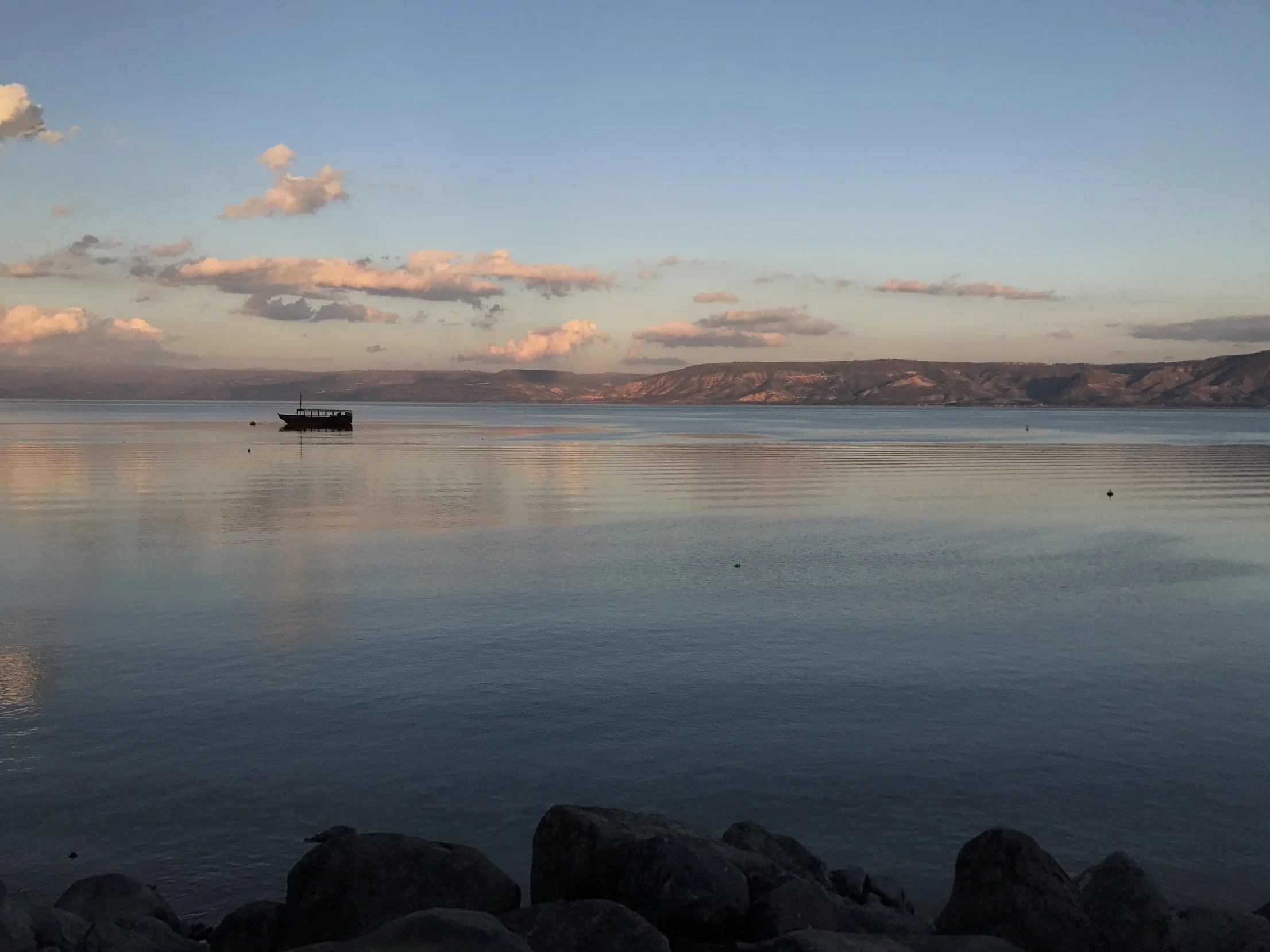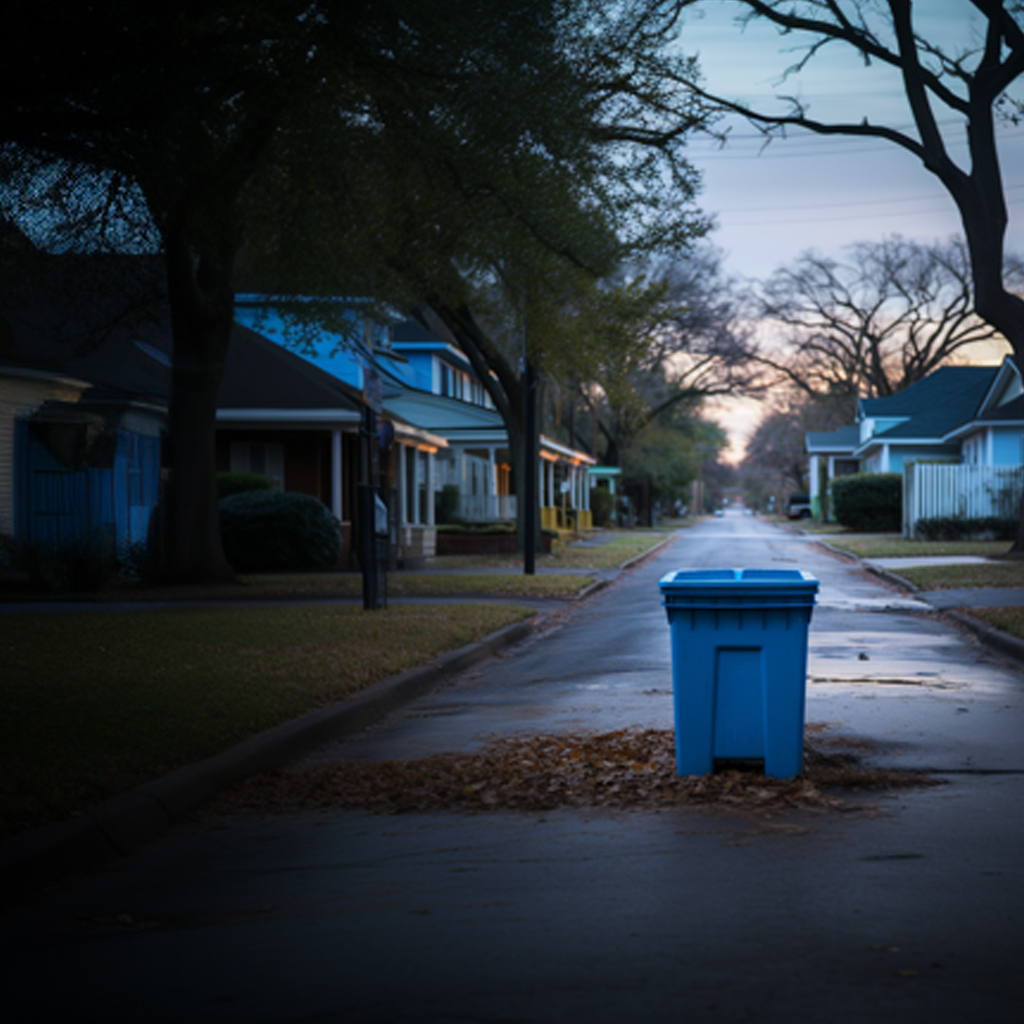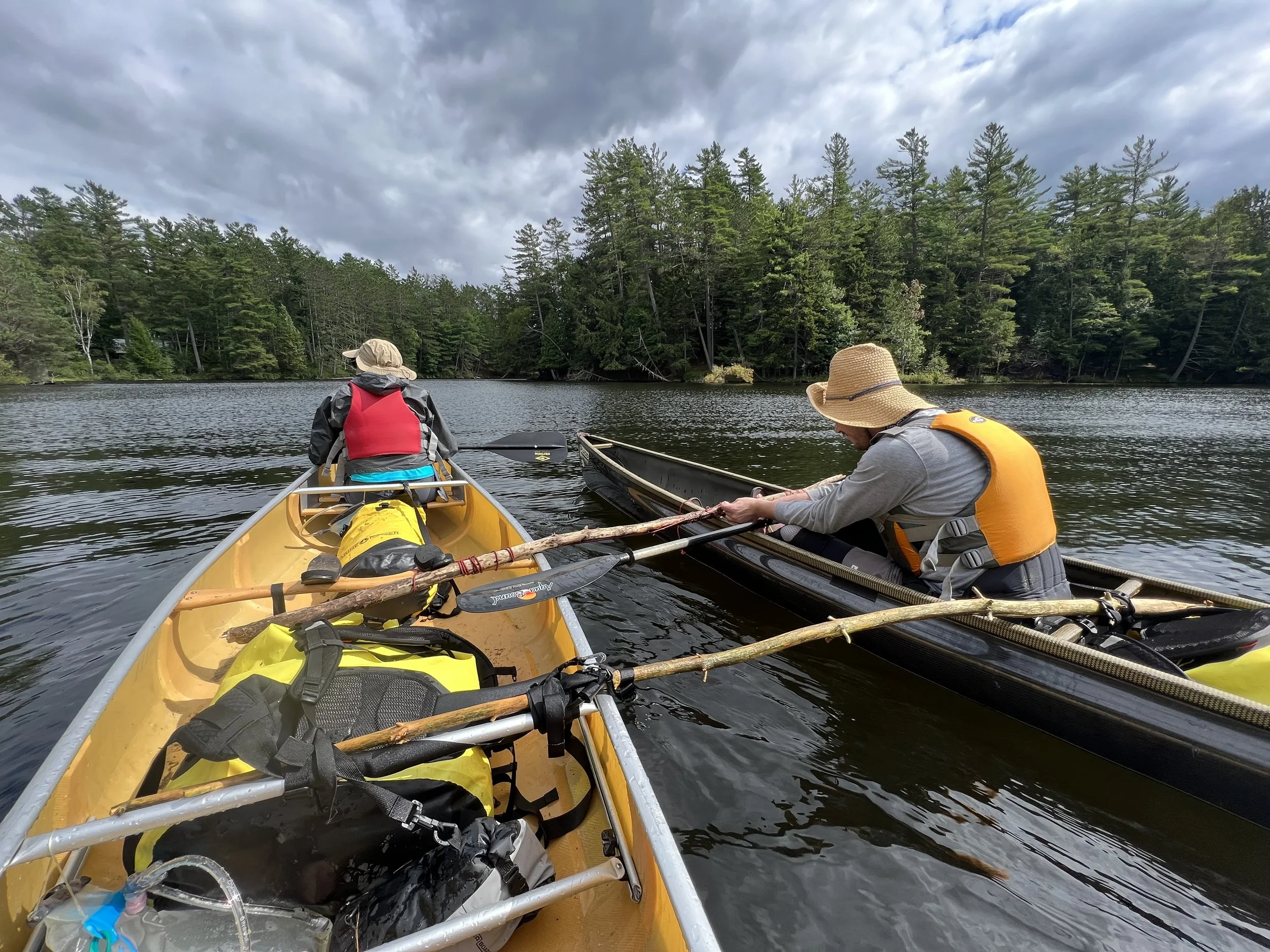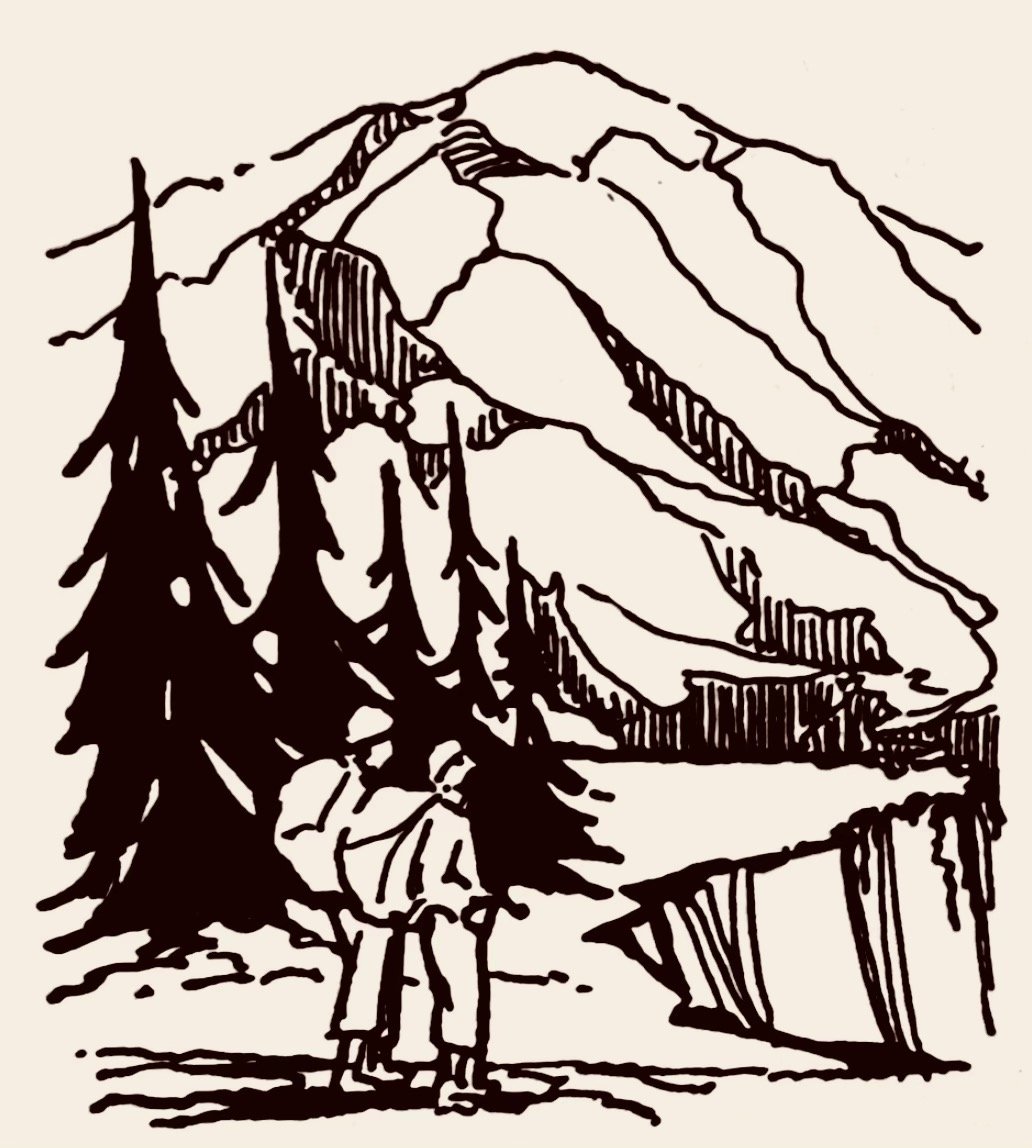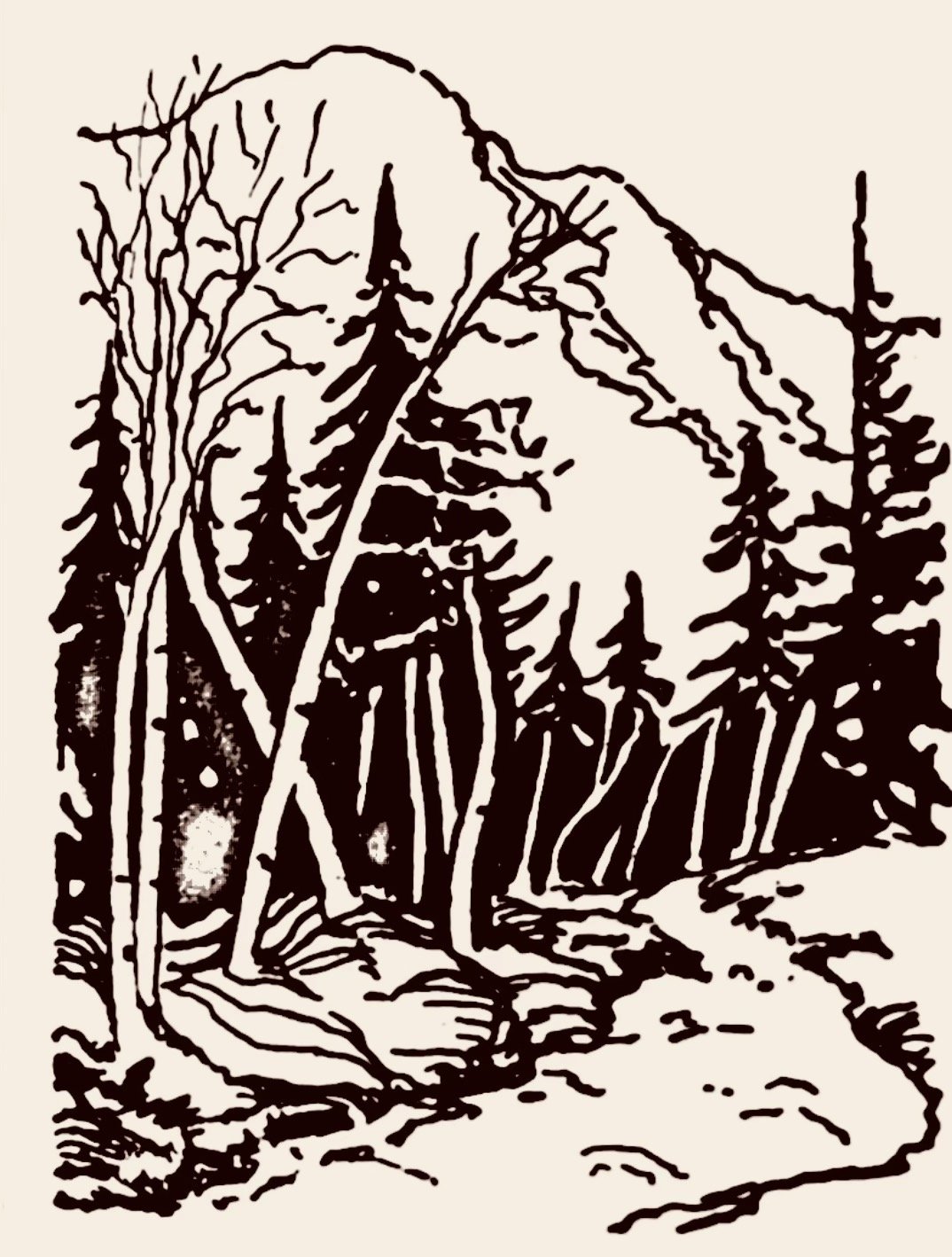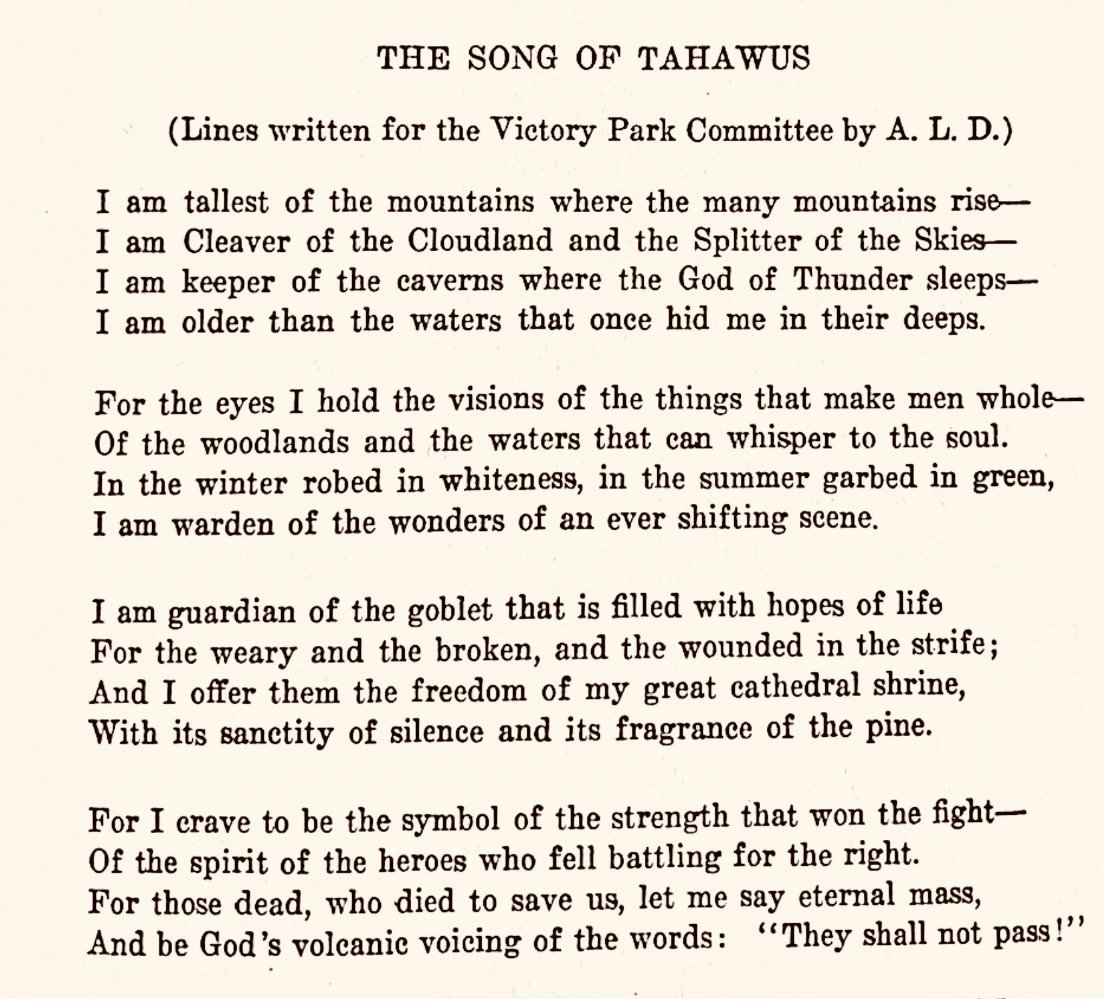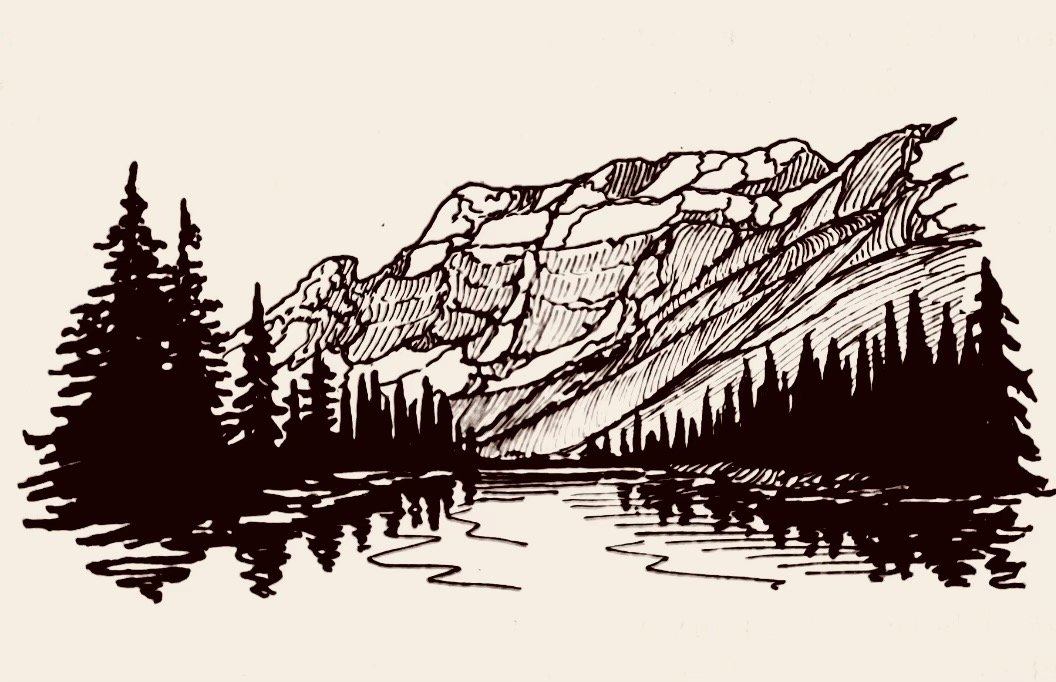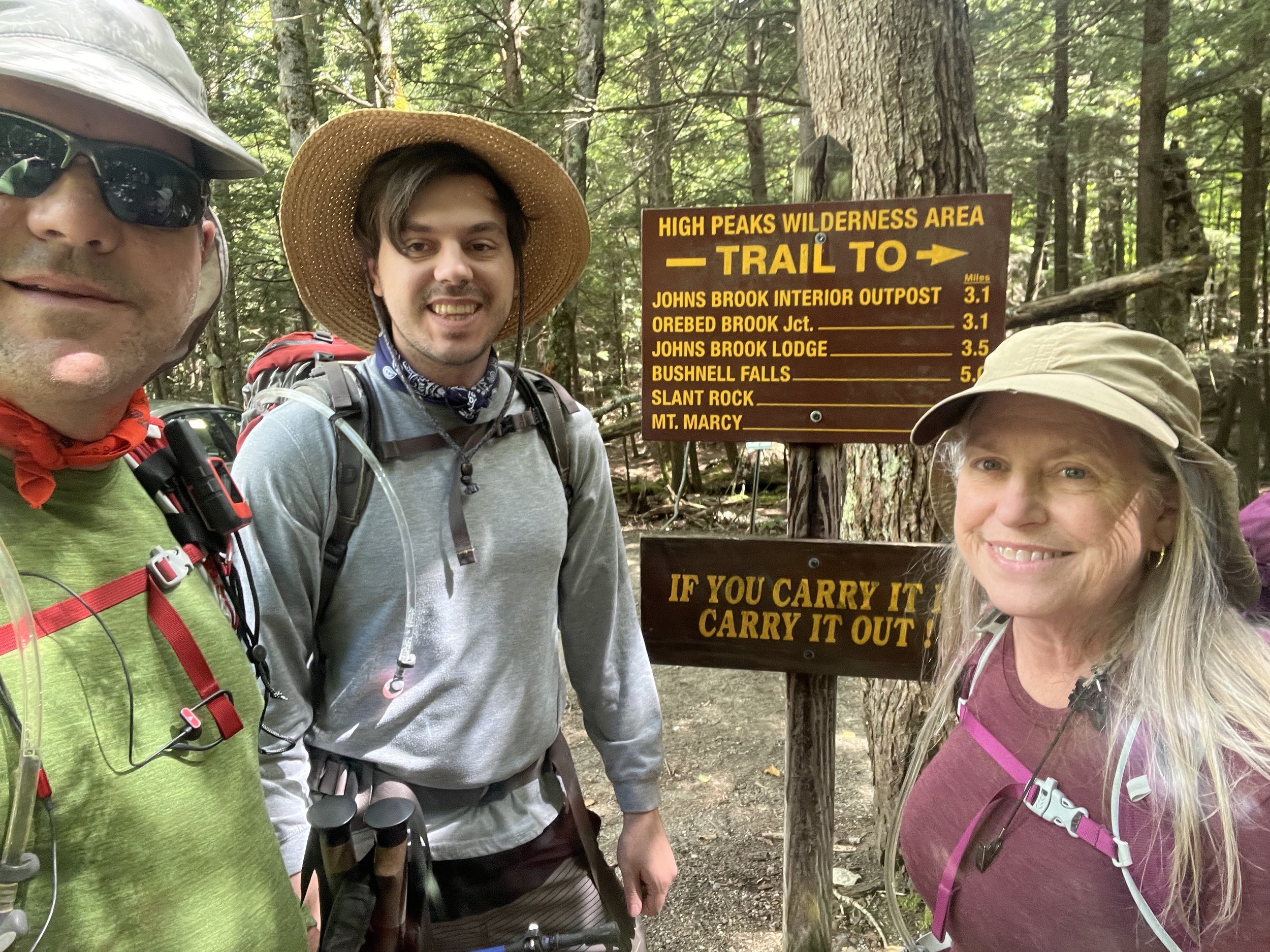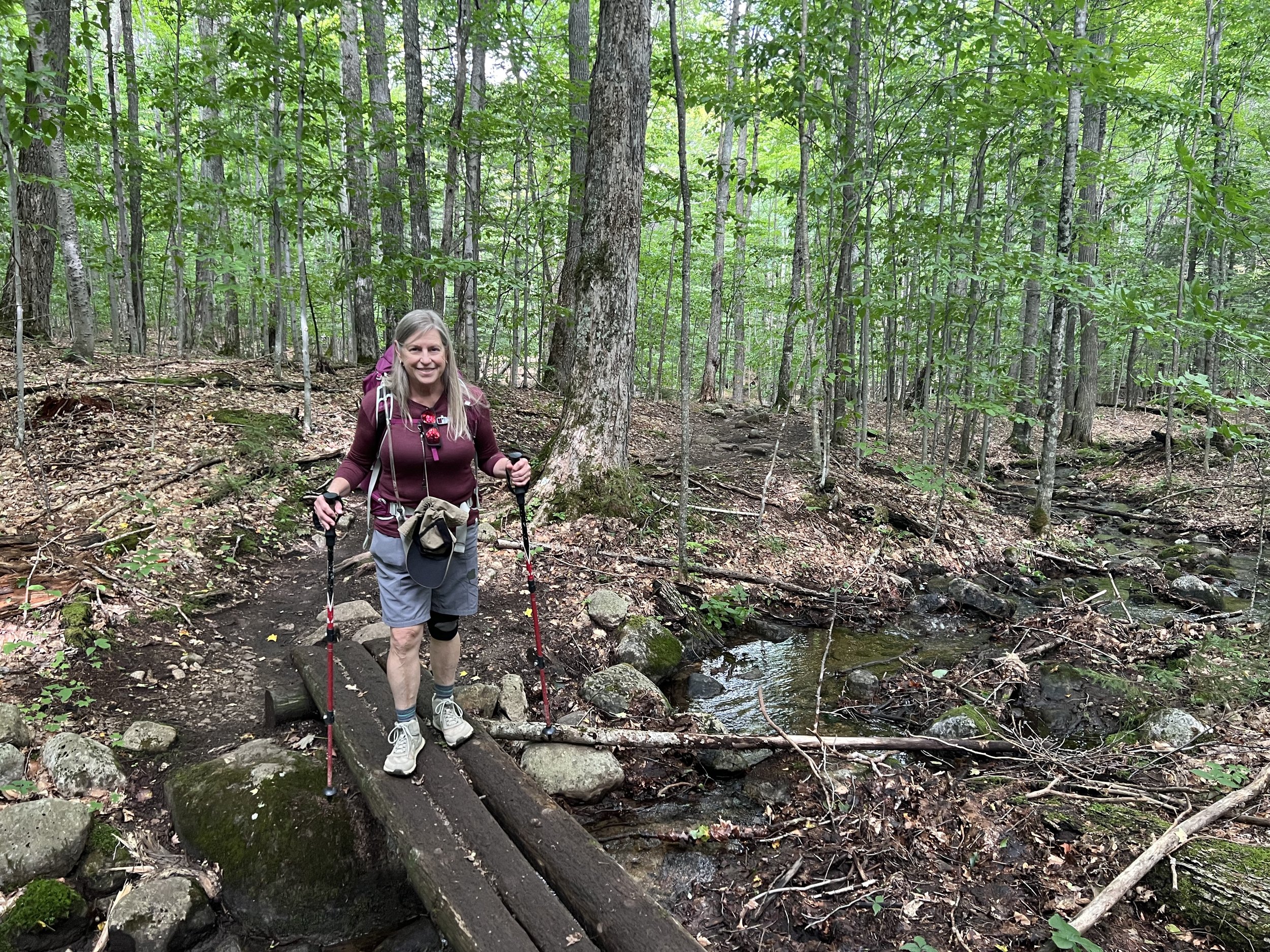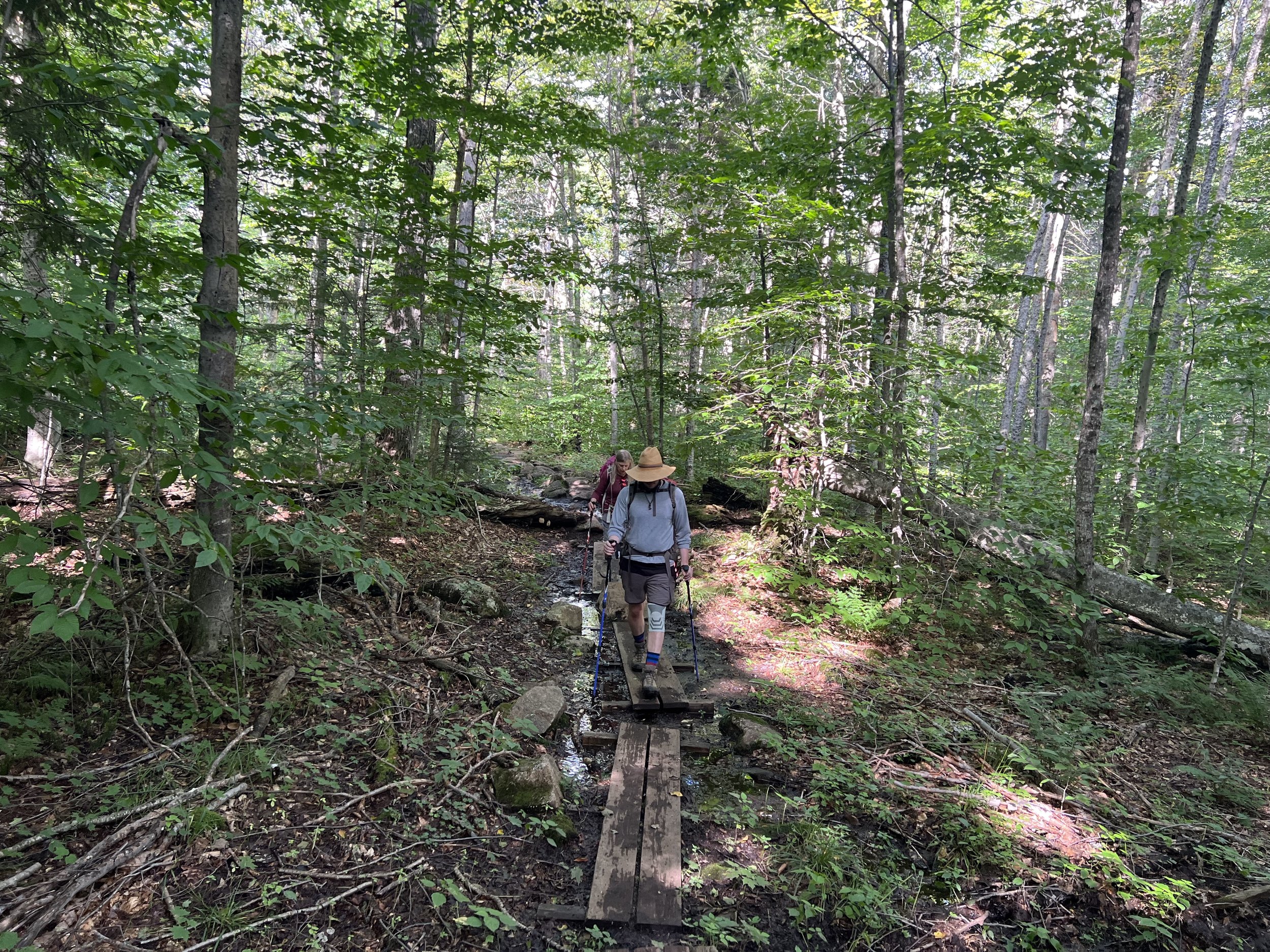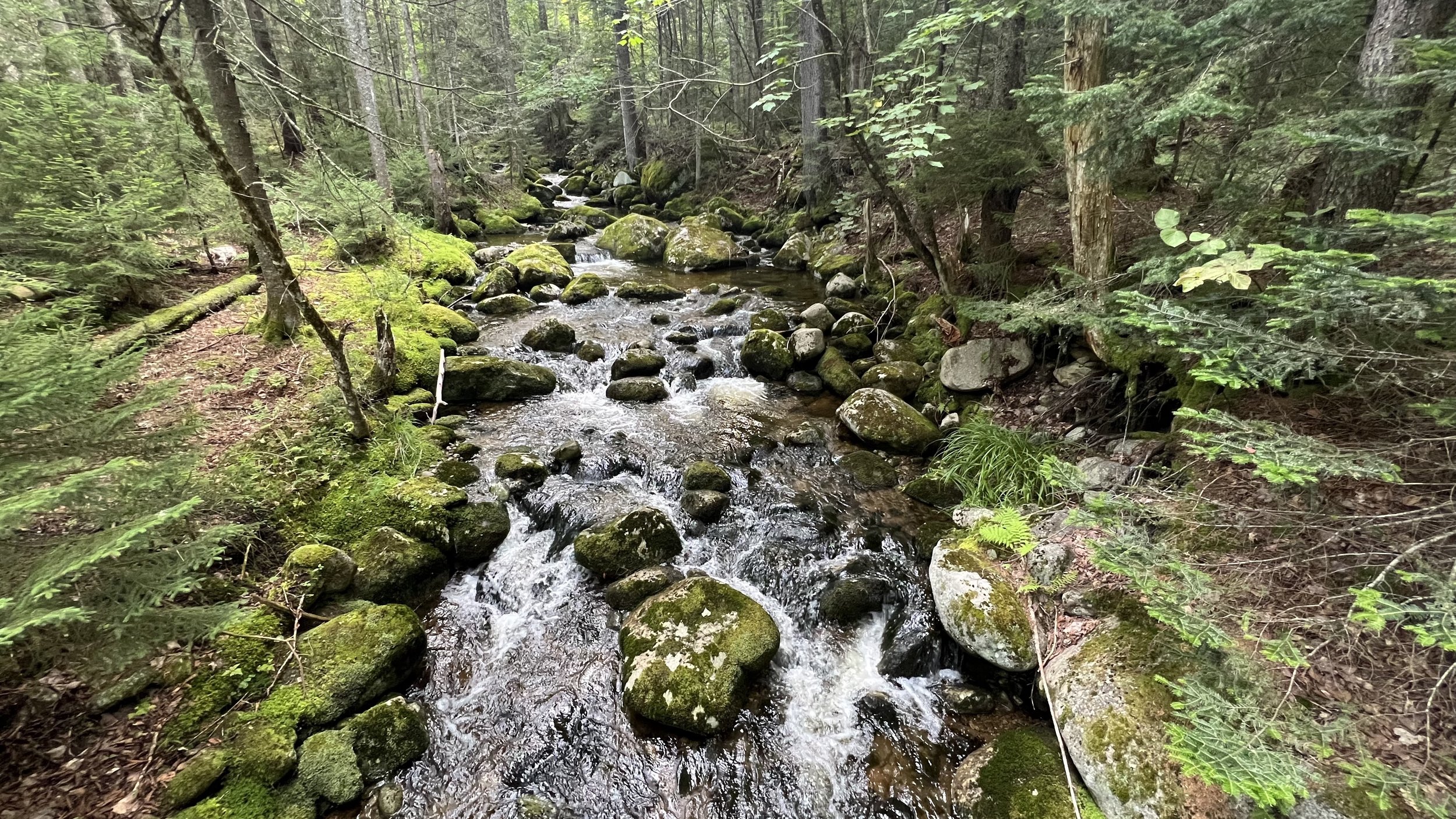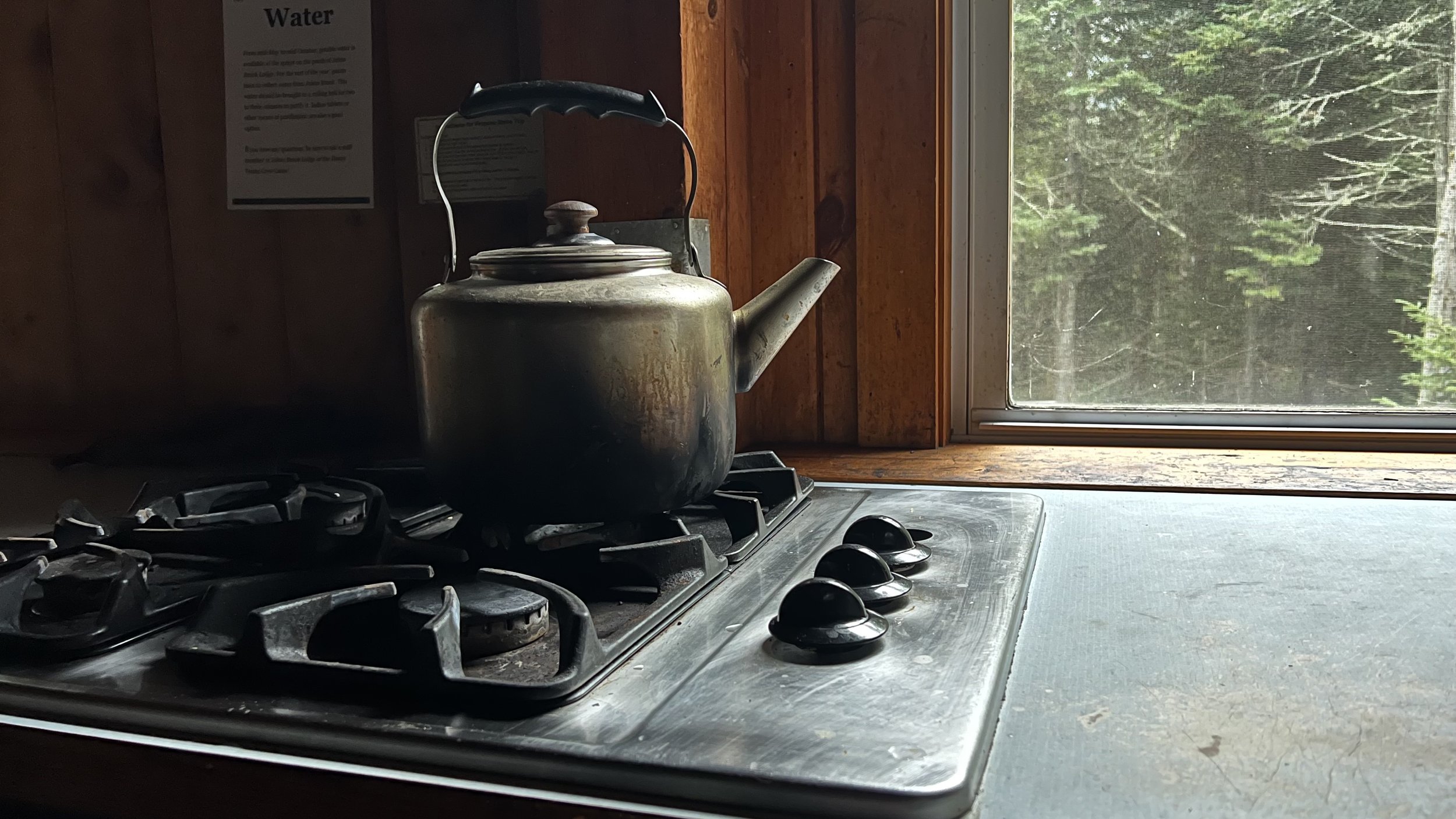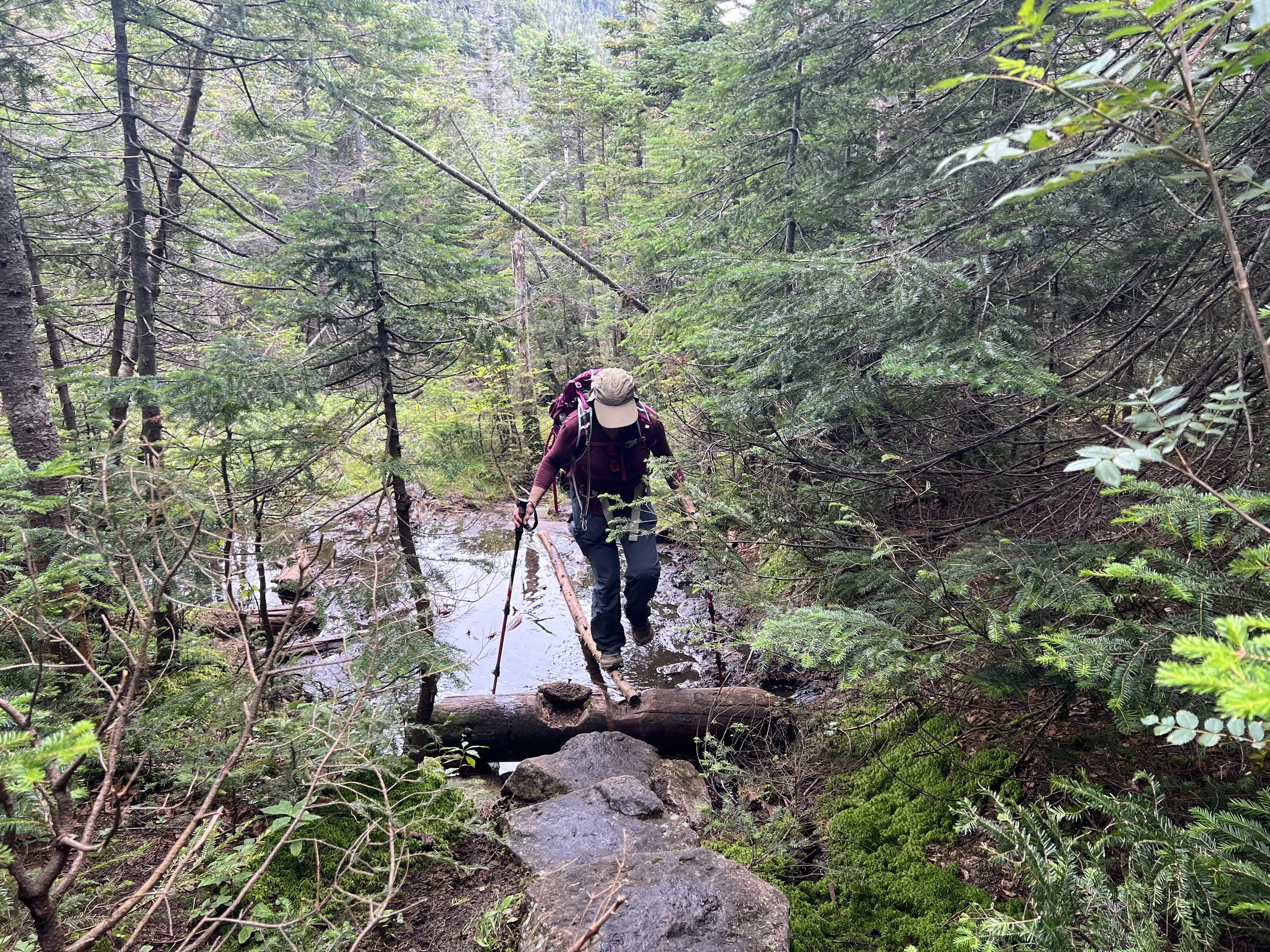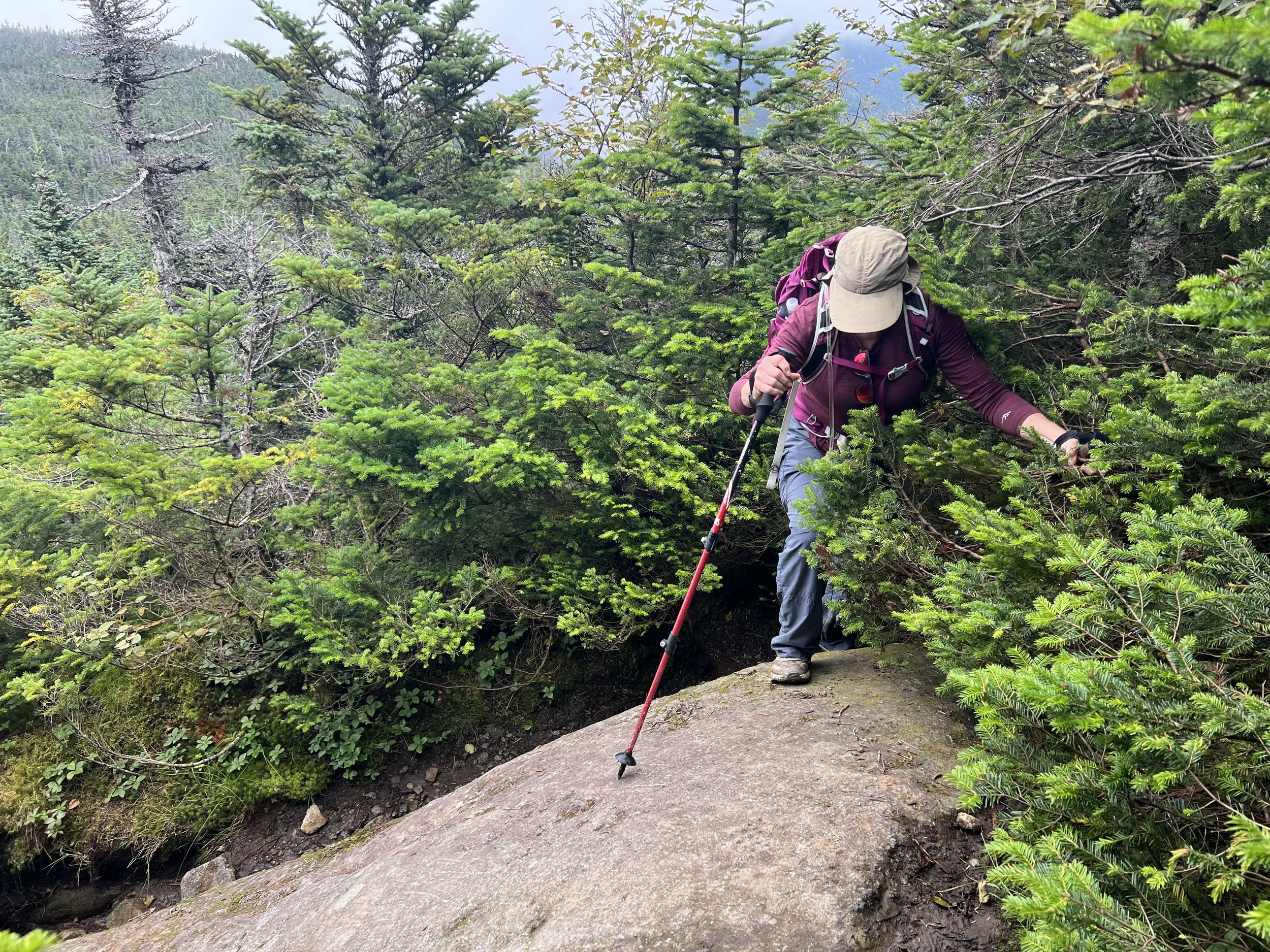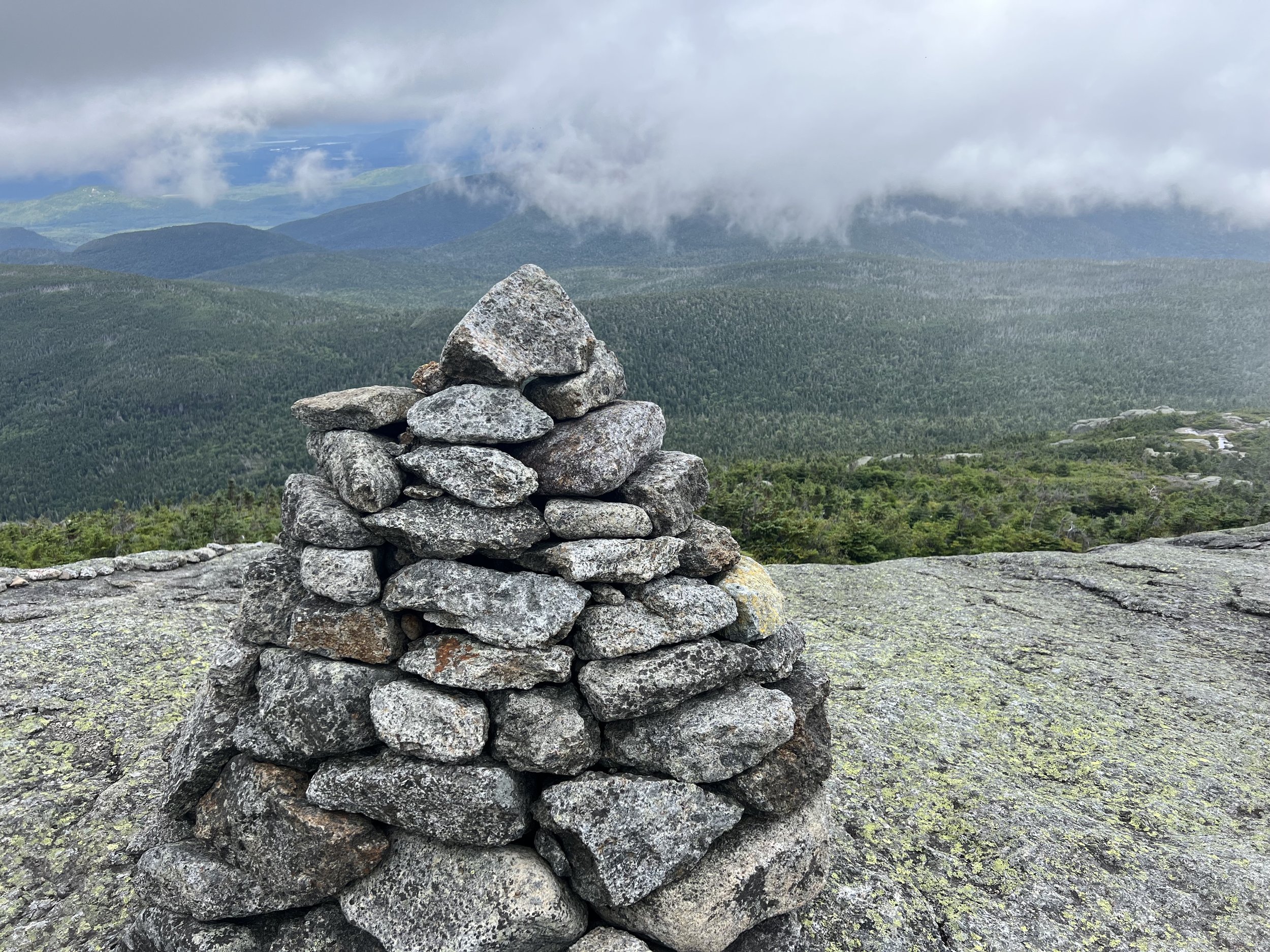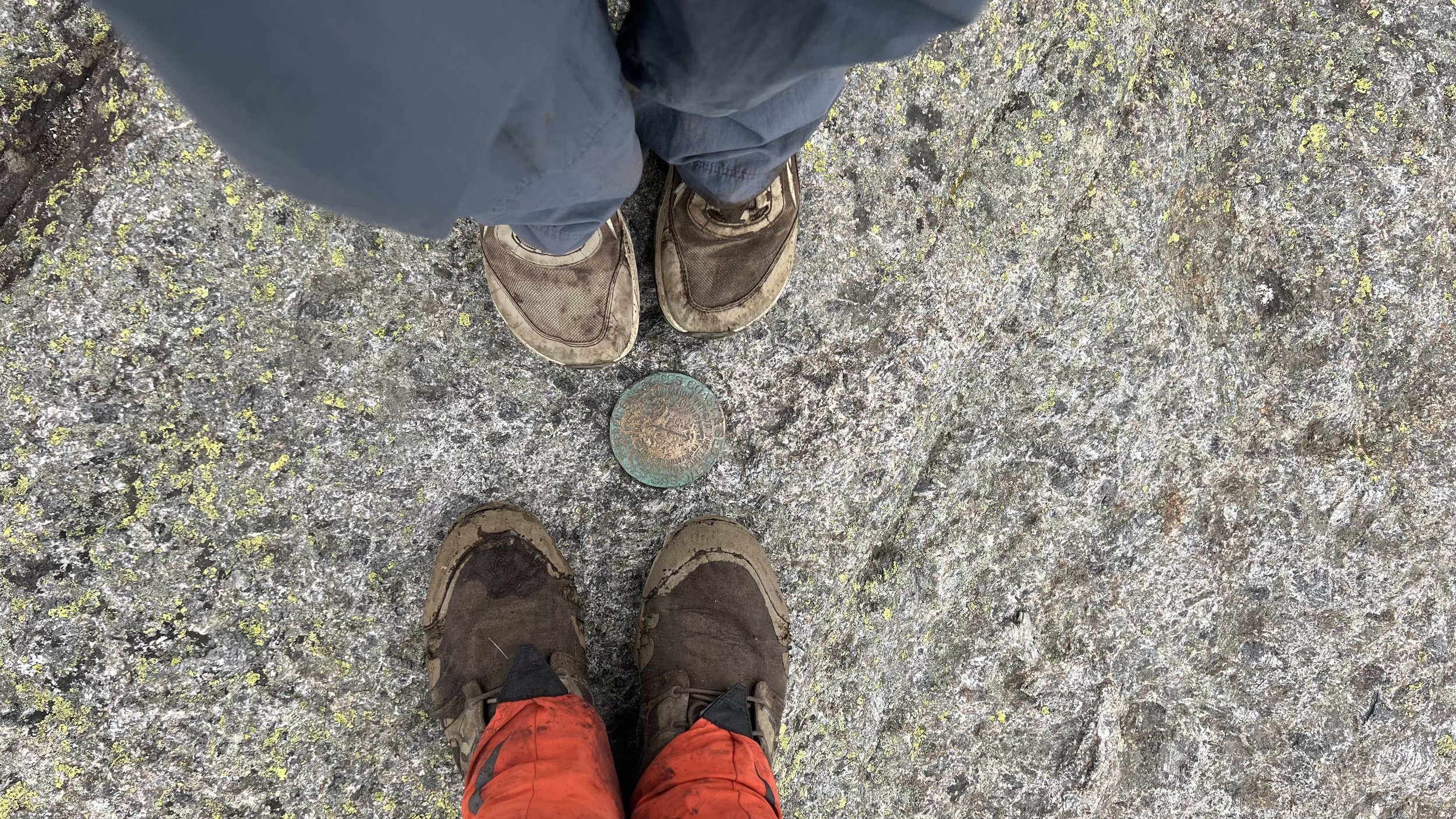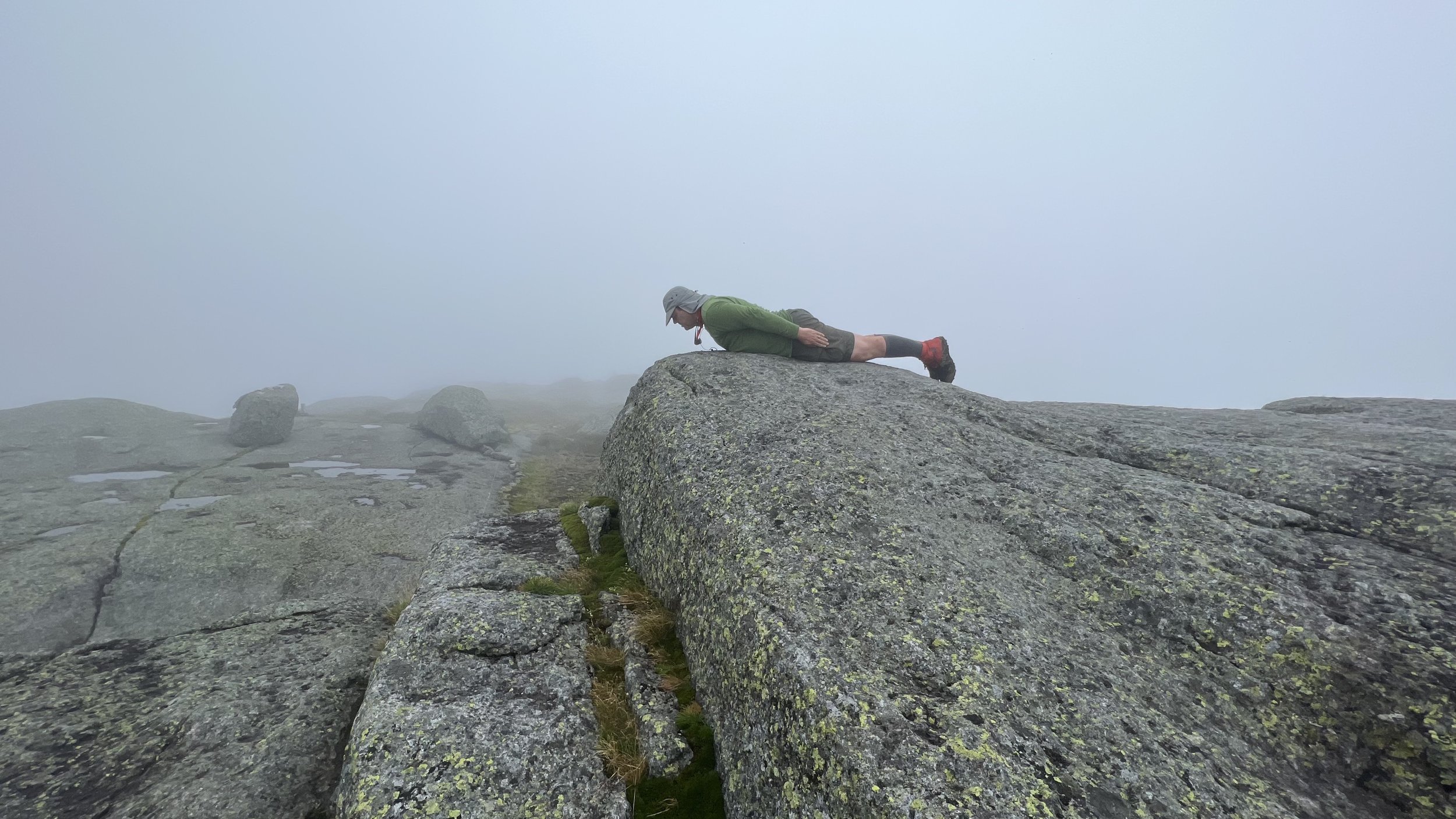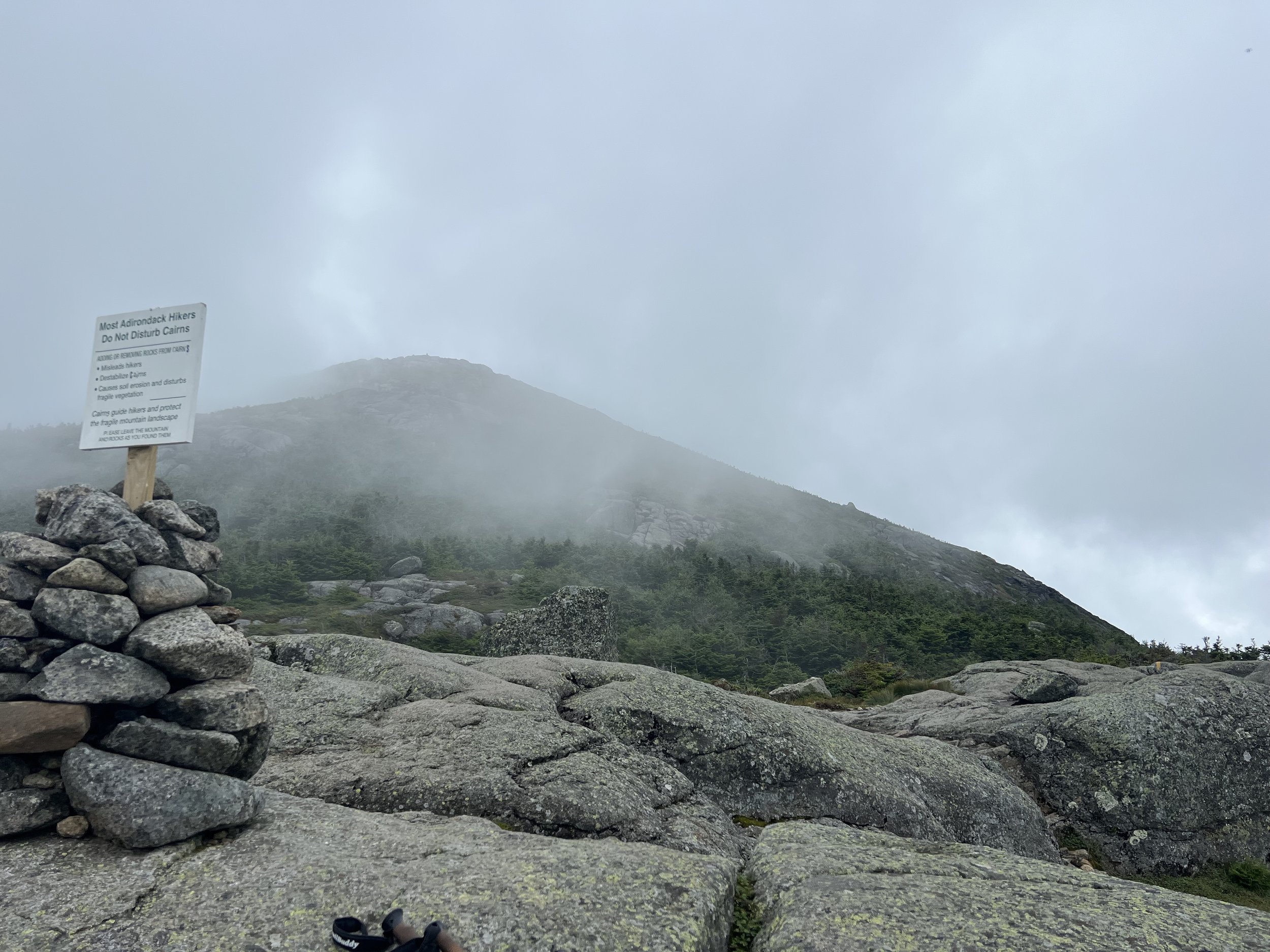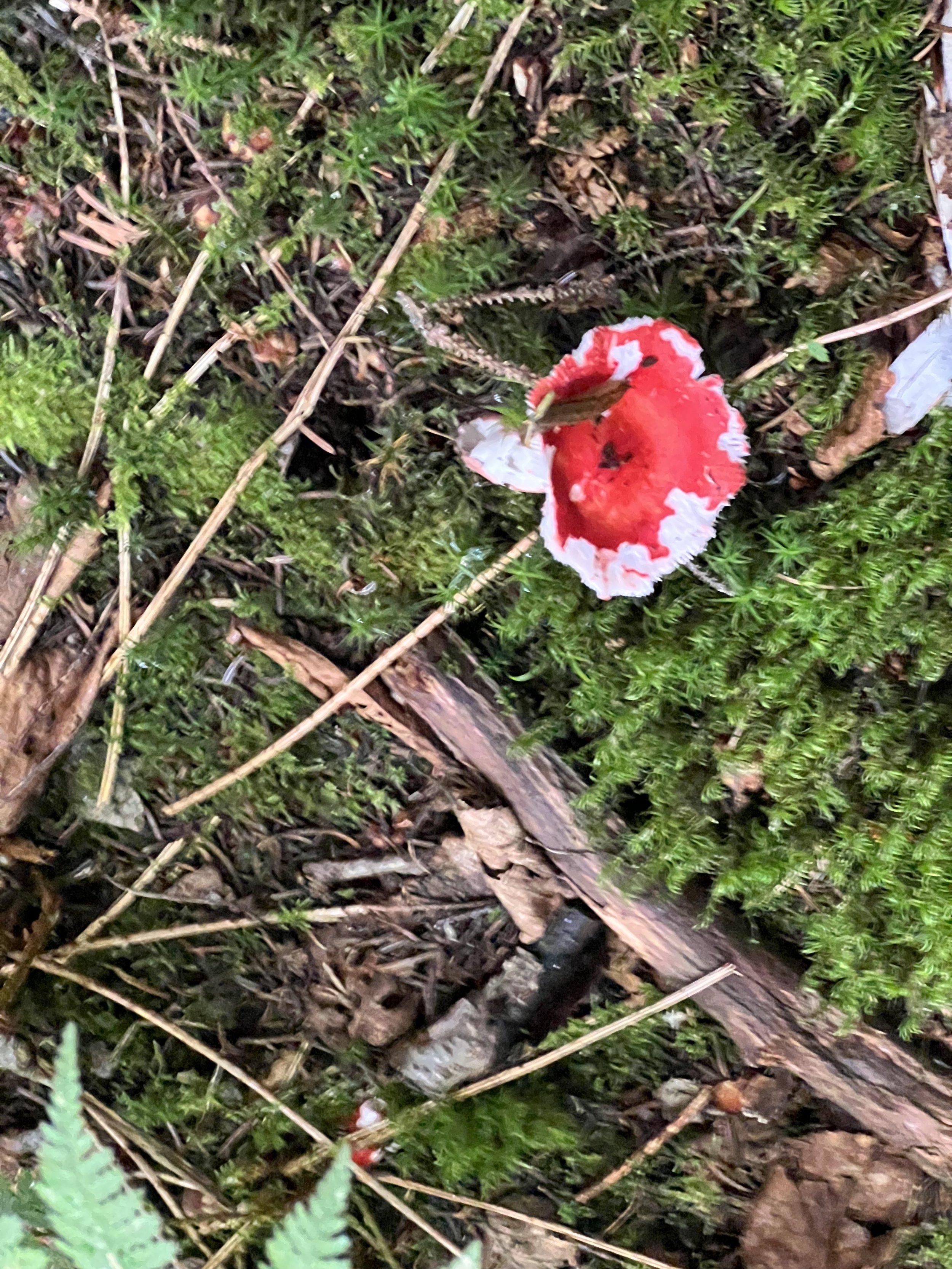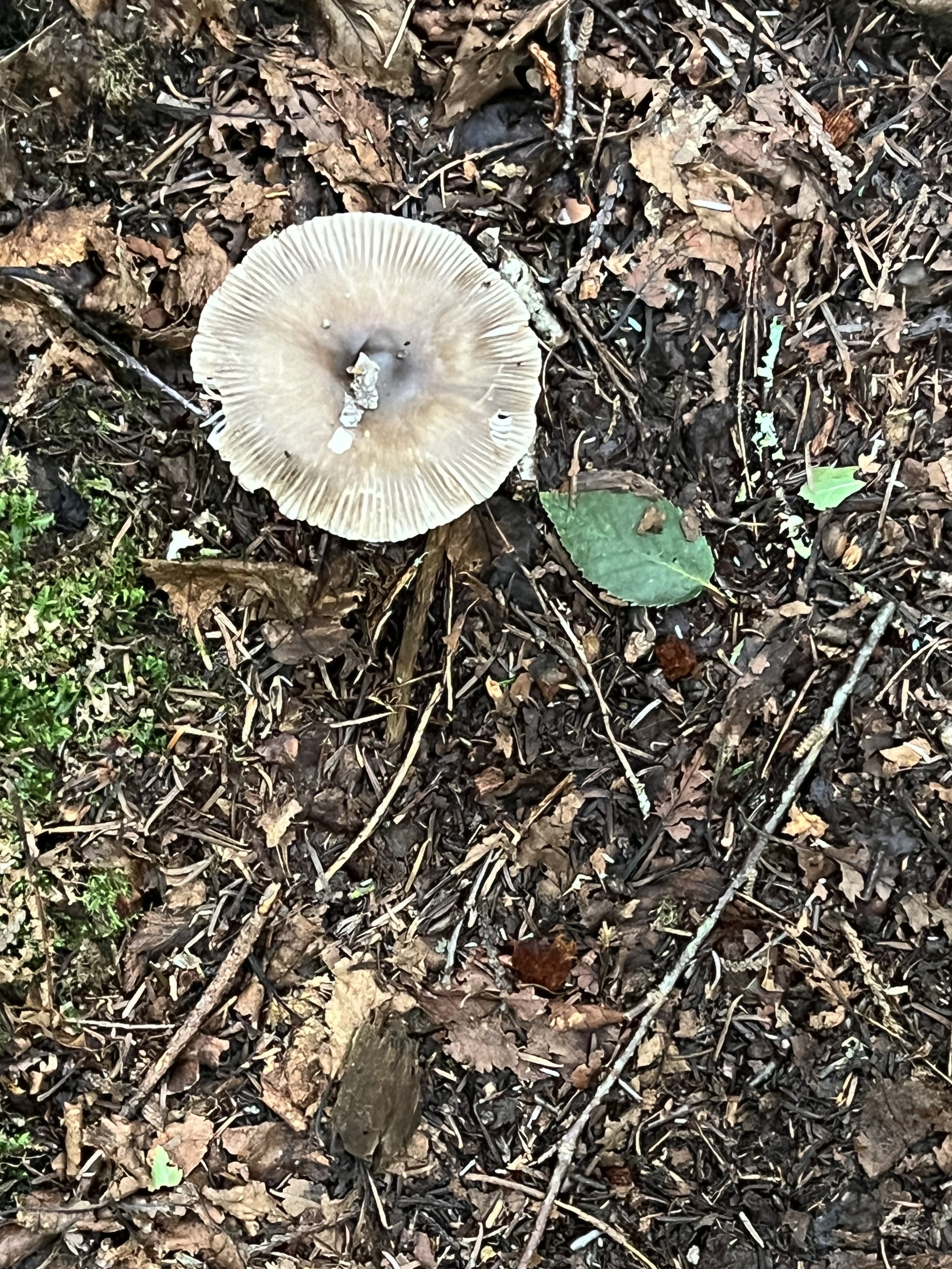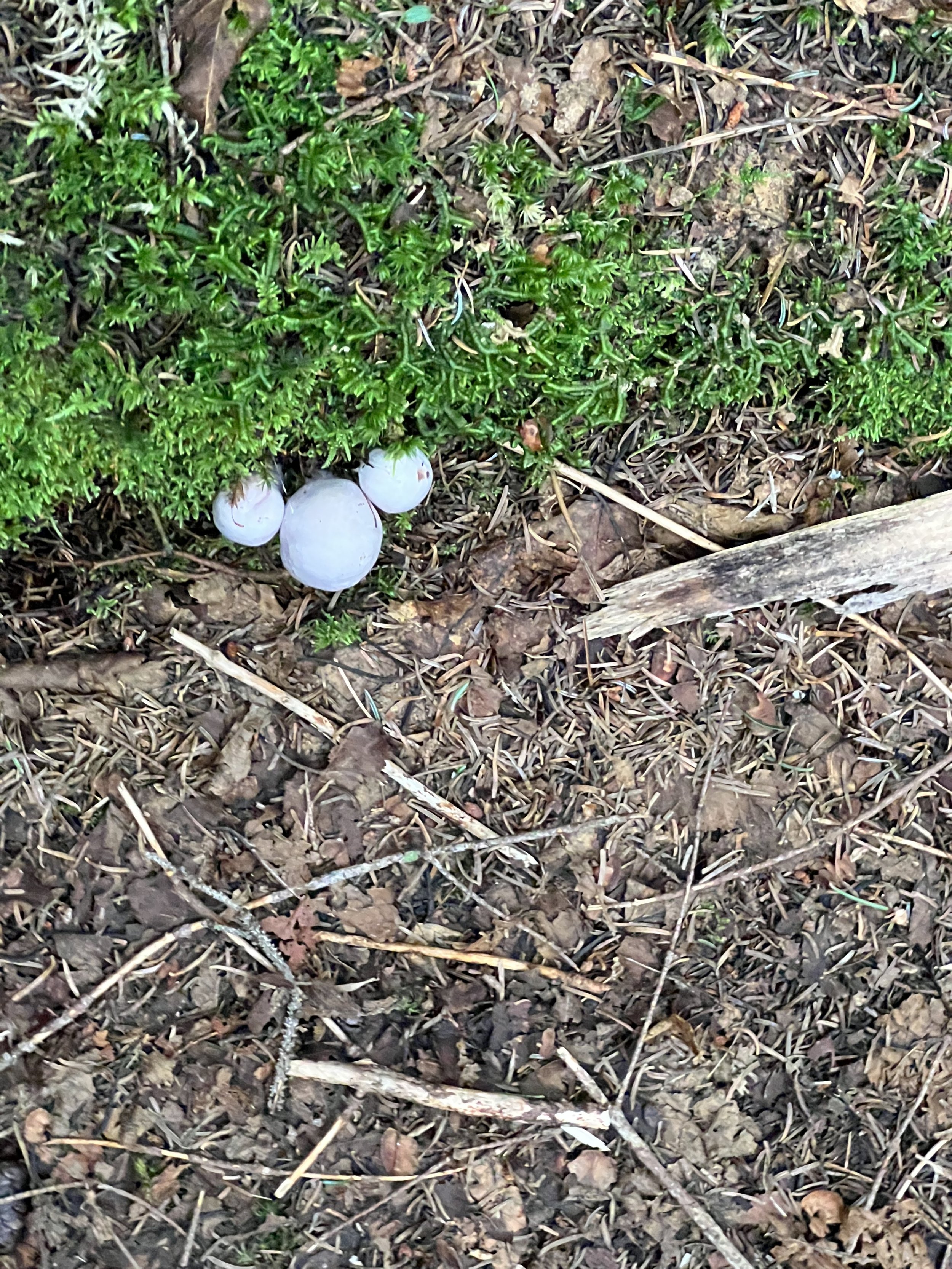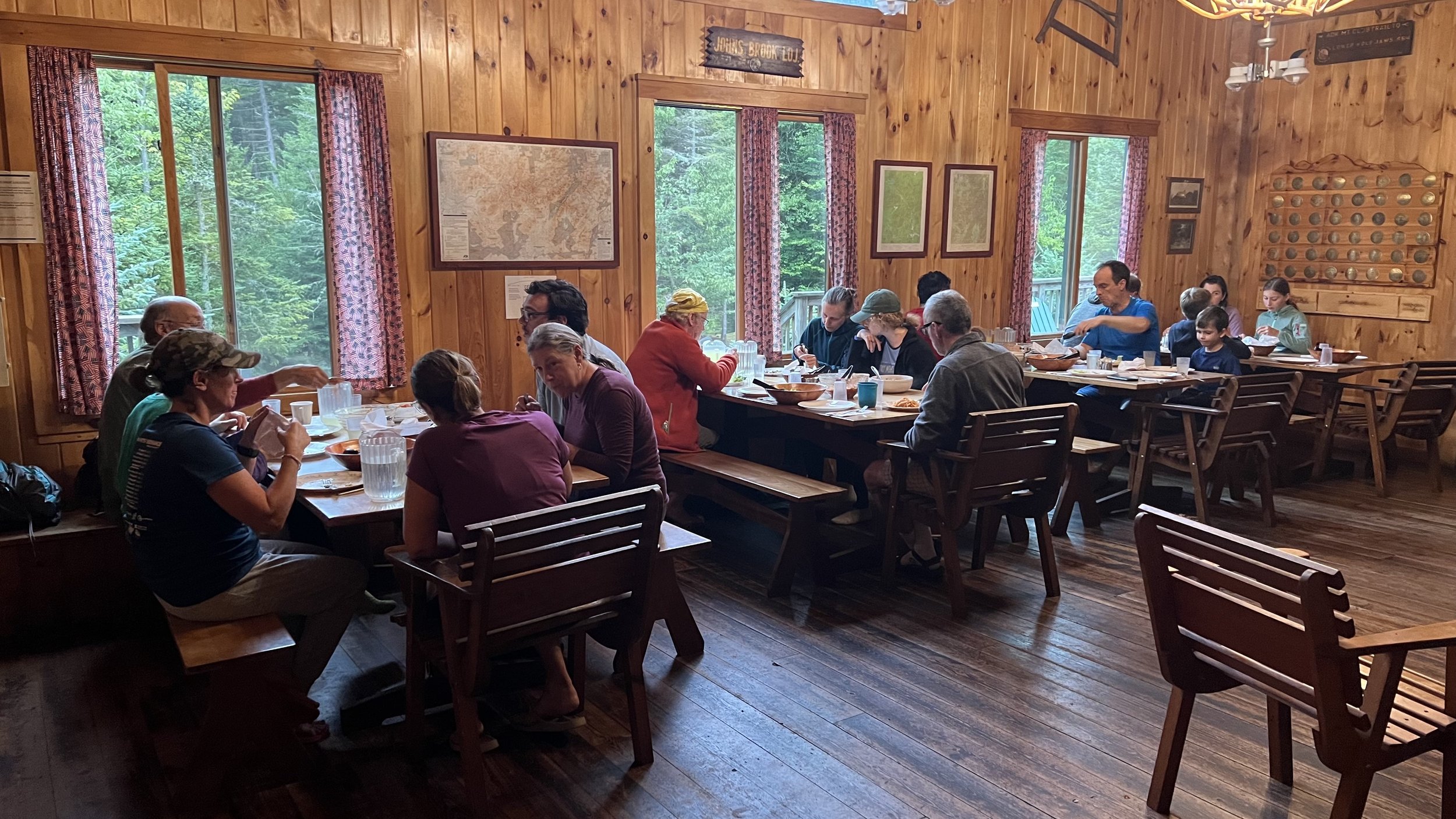I didn’t know what it was. It popped up on my screen. When I first saw it, I thought that it was a turn table that DJs used to host music parties. I stopped and looked at it more closely. It was not a turn table. I clicked on it and it took me to Amazon and then I saw the title. It was a mouse jiggler.
That did not clear it up at all for me. I still did not know what it was. I clicked on the pictures and read the description. It said, The dual turntable undetectable mouse jiggler uses an exclusive design technology and pure physical principles to simulate the use of the mouse. . . it ensures that the cursor moves freely and randomly . . . keeping the computer awake at all times. I kept reading. The descriptions were clearly aimed at employees working from home. It was a way to make them look like they were doing something when they might not be engaged in work.
The next set of links was for employers trying to detect if workers are using mouse jigglers. I read a long article that then recommended software that could be installed on computers. It uses sophisticated computer monitoring to detect the random movements of a jiggler.
It was a shocking revelation to me. The battle between employees and their minders and the creation of a device to simulate activity. It seems like the definition of busy work. It's an activity with no purpose.
Sometimes I hear people saying that some of the jobs at church feel like busy work. That makes me so sad. I believe that there are no insignificant jobs in the body of Christ. Jesus needs everyone. Next week we will be hosting Christmas.Land at our church. We are praying to have over 2000 people come to our campus. We don’t want anyone to believe that the work they will be doing is insignificant. Instead, we want to make sure that every person is equipped and empowered to represent Christ to our guests. The goal of Christmas.Land is to tell every participant that the reason Jesus came at Christmas is to reveal God’s love to them. We don’t want the true message of Christmas to get lost in the secularization of the holiday. Through meetings and strategy sessions, we have tried to identify the crucial places where we need people to serve. We are asking for people to serve sacrificially for the whole three hours. We are planning to have relief volunteers who will step into jobs to give brief breaks, but we need commitment. We want to make sure that our guests are safe. We want to make sure our guests are engaged. We want to make sure our guests have a great time.
In the past people have said they want more training, vision and prayer. At 3:45 PM on Dec 3 we will meet in the worship Center then will have a run-through of Christmas.Land at 4:00 PM. Our volunteers will have a chance to see the other areas. We especially want you to see Starry Night and Journey to Narnia since they are new this year.
We need you to be actively praying over the next week that God will be doing His work, he will be preparing peoples’ hearts so they can gladly hear the gospel. Ask God to prepare your heart so that every interaction you have will be an opportunity for God’s grace to flow through you. Ask God to give you a person that you can invite back to our faith community so that they can learn what you already know, that God loves you.

